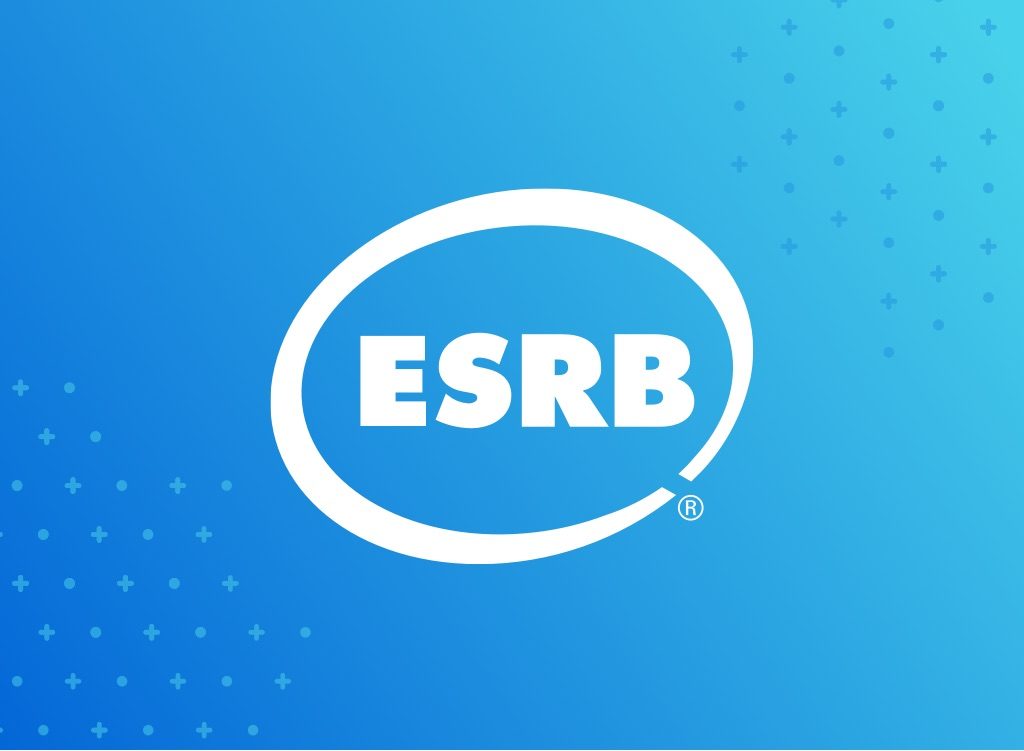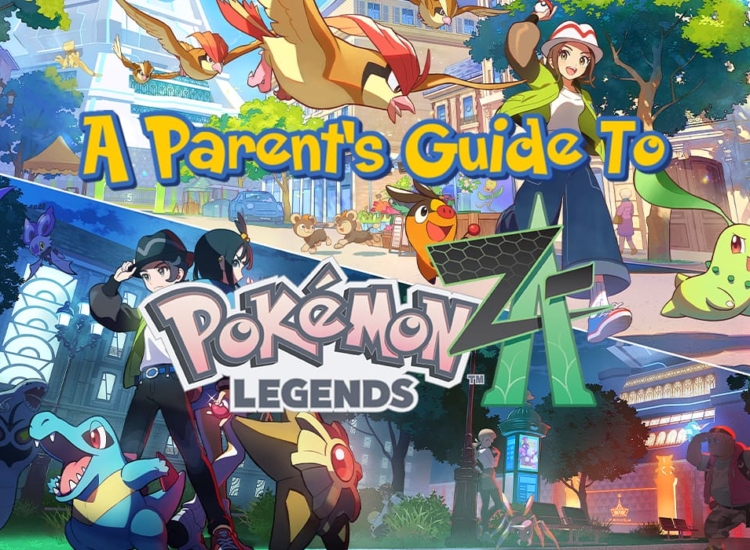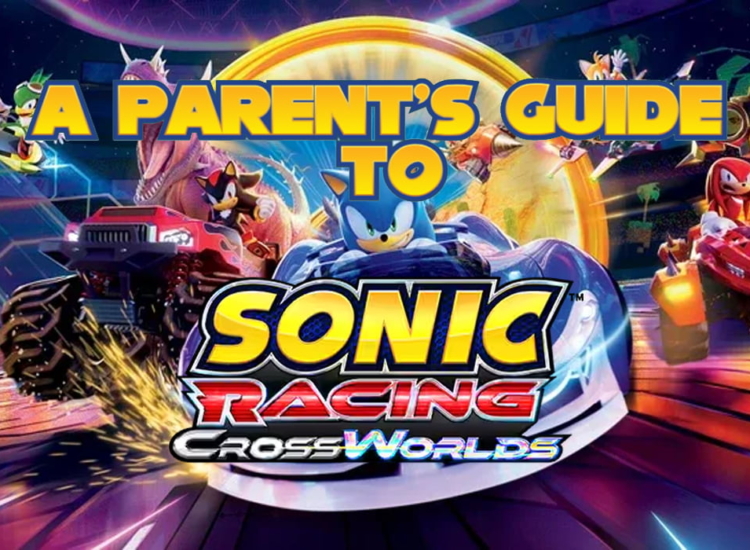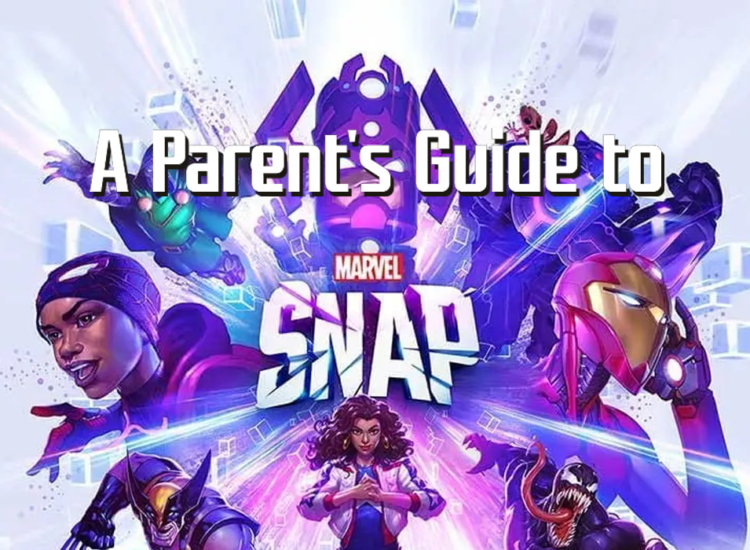ESRB And Good Housekeeping Team Up To Inform Parents About Video Games And Ratings

Exclusive Content and Ratings Information for Top Selling Games Featured on GoodHouskeeping.com
NEW YORK – The Entertainment Software Rating Board (ESRB) has partnered with Good Housekeeping, one of the most prominent and trusted consumer brands in America, to provide its web visitors with information and guidance that will help ensure that their children and families play age-appropriate video games. A multi-part series of articles by ESRB president Patricia Vance is being exclusively featured on the newly redesigned GoodHousekeeping.com, along with a regularly updated list of the Top 20 selling games1 that displays each title’s ESRB rating.
“I’ve been reading Good Housekeeping for years, as have millions of other women across the country, and it’s clear that it is a truly great fit for this type of information,” said ESRB president Patricia Vance, who is an interactive media expert and mother of two. “Good Housekeeping has been an iconic, trusted source of information for over a century, and we’re extremely pleased that this partnership allows ESRB to become a part of that rich tradition by helping its online readers become more informed consumers when it comes to which video games to buy for their children.”
The exclusive multi-part series of articles will provide guidance to parents on a range of video game related topics, including helpful information about selecting age-appropriate games, setting parental controls that restrict games by ESRB rating, as well as what parents need to know about playing video games over an Internet connection.
Additionally, parents will benefit from having quick and easy access to information about the age appropriateness and content of the top selling games each month, titles that are sure to be among those that their children request. Other features may be added in the future as well.
“Helping our readers make smart choices when it comes to the products they purchase for their families is a fundamental part of what we do,” said Rosemary Ellis, Good Housekeeping editor-in-chief. “Given the immense and growing popularity of video games, particularly among teens and tweens, we’re delighted to be carrying on that mission by helping prepare parents to make informed choices about the video games they bring home for their children to play.”
“As we head into summer, kids will undoubtedly spend some of their free time playing video games,” continued Vance, “making this information both relevant and timely.”
The ESRB engages in several initiatives to reach parents about the ratings, including an award-winning Public Service Announcement (PSA) campaign that includes television, radio, print and online components. Working in partnership with national retailers to post in-store signage about the ratings as well as groups such as the Parent Teacher Association (PTA) to distribute informational brochures and develop online resources, the ESRB continues to aggressively pursue opportunities that present consumers, especially parents, with information about the tools at their disposal.
The ESRB rating system includes six age-based rating categories: EC (Early Childhood) for ages 3+; E (Everyone) for ages 6+; E10+ (Everyone 10 and older); T (Teen) for ages 13+; M (Mature) for ages 17+; and AO (Adults Only) which indicates that the game should only be played by adults age 18 and older. The rating is found on the front of virtually every game sold at retail in the U.S. The rating system also includes over 30 content descriptors, found next to the rating on the back of game packages, which describe content in the game that may be of interest or concern to parents or may have triggered a rating category, including violence, sexual content, language, use or depiction of controlled substances, and gambling.
# # #
About Entertainment Software Rating Board (ESRB)
The ESRB is a non-profit, self-regulatory body established in 1994 by the Entertainment Software Association (ESA). ESRB independently assigns computer and video game content ratings, enforces advertising guidelines, and helps ensure responsible online privacy practices for the interactive entertainment software industry.
About Good Housekeeping
Founded in 1885, Good Housekeeping magazine reaches 25 million readers each month. In addition to the print title, there is also The Good Housekeeping Research Institute, the consumer product evaluation laboratory of Good Housekeeping magazine. Founded in 1900 and continuing today with the same mission, the Research Institute is dedicated to improving the lives of consumers and their families through education and product evaluation. Only products evaluated by the Good Housekeeping Research Institute can be accepted for advertising in the magazine, and thereby become eligible to display the Good Housekeeping Seal, the hallmark that provides assurance to readers that the products advertised in the magazine are backed by a two-year limited warranty against being defective, with specified exceptions. Hearst Magazines is a unit of Hearst Corporation (www.hearst.com) and one of the world’s largest publishers of monthly magazines, with a total of 19 U.S. titles and nearly 200 international editions. Hearst reaches more adults than any other publisher of monthly magazines (74.1 million in the U.S., according to MRI, fall 2006). The company also publishes 20 magazines in the United Kingdom through its wholly owned subsidiary, The National Magazine Company Limited.
1Video game sales data provided by the NPD Group Inc./Retail Tracking
Contact:
Eliot Mizrachi, ESRB
917.522.3235
emizrachi@esrb.org


